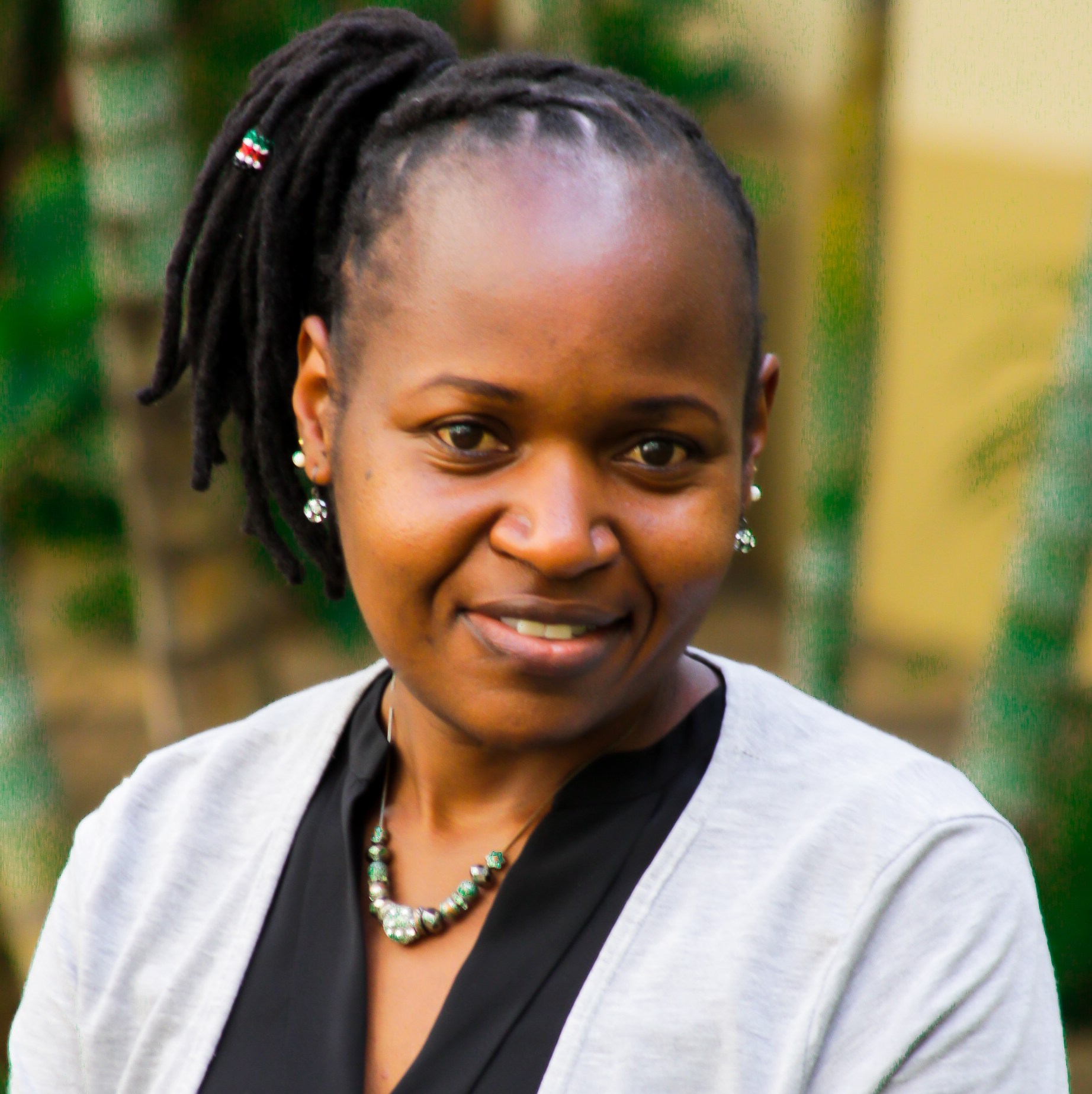CONTRIBUTORS

Innocent Kamara Tumwebaze
Associate Research Scientist

Sheillah N. Simiyu
Research Scientist

Phylis Jepkorir Busienei
Research Officer

SARAH MUNYAO NDONYE
Senior Communications Officer
In a small and busy neighbourhood in Kisumu, Mary carefully tends and plays with her six-month-old baby before preparing her food and feeding her. She is a loving and attentive mother, but like many mothers and caretakers in the urban low-income areas, she does not always have easy access to soap and clean water. Most times, she will just rinse her hands when preparing her baby’s food or after changing her diaper with just water, not realizing that invisible germs may be lurking. Every year, thousands of infants across Kenya and other nations, suffer from stomach infections, diarrhoea and other preventable illnesses, most of them caused by unwashed caregiver hands.
A recent study carried out by APHRC and partners (PATHOME study-Protocol for the PATHOME study: a cohort study on urban societal ) in Kisumu and Nairobi tested the hands of caregivers in several households to see if they carried harmful germs (for example of bacteria type). Hand rinse samples were collected and subjected to lab tests to check for the presence or absence of bacteria on the caregiver’ hands. and the findings were worrying.
“8 out of 10 infant caregivers had their hands showing harmful and disease-causing germs”
Out of 266 household samples 215 (81%) tested positive for having bacterial germs. The most common germs are also common causes of diarrhoea and stomach infections, including E. coli, Listeria, Salmonella, and Shigella. These bacteria often spread through contact with unclean surfaces, food, or water and are closely linked to diarrhoea and other illnesses in infants. These findings underscore the importance of hand hygiene in relating with the infants as a preventive measure to one of the exposure pathways to their infections.
Every year, the world marks the Global Handwashing Day, a simple yet important reminder that washing hands at all important times with water and soap can actually save lives. Launched by the Global Handwashing Partnership (GHP) in 2008 and celebrated on 15th October, the day is celebrated to spread awareness on the importance of handwashing with soap as a simple and most effective way to prevent disease, reduce illness and save lives. Like the Bible’s call in Jesus’ sending out of the disciples to evangelize the gospel with the theme ‘‘the Kingdom of God is at hand’’, so is the hand washing theme for this year that ‘‘Our future is at hand’’.
The Bigger Picture: Hand hygiene in Kenya and globally
You might be surprised to learn that 1.7 billion people around the world still do not have basic handwashing facilities with water and soap in their households. According to the WHO and UNICEF Progress Report on household drinking water, sanitation, and hygiene, access to basic hand hygiene services (households having a facility with water and soap available) remains a challenge to 1.7 billion people, of which 611 million lack any form of service.
In Kenya, only 58% of the population have access to basic hygiene services with the urban coverage at 79%. Additionally, in low-income urban communities, like where Mary lives, the washing of hands with water and soap may even be lower than the 79% urban coverage reported. A recent APHRC publication (Simiyu et al. 2025) on the determinants of access to basic handwashing facilities and handwashing with soap in low-income areas shows that only 40% of the residents reported to always wash their hands with soap.
This indicates that handwashing is a practice that saves lives, however it is not commonly practised especially among infant caregivers in the low-income urban areas.
Clean hands, Healthy infants
Hand hygiene, particularly among infant caregivers is crucial to prevention of diarrheal and other infections in children. Caregiver hands if not regularly washed with water and soap can be a source of germs transmission to infants under their care which can lead them to getting infections.
The Centers for Disease Control and Prevention (CDC- https://www.cdc.gov/clean-hands/about/index.html) recommended moments of critical handwash with soap in households include: Before, during or after preparing food; Before and after eating food; Before and caring for someone at home who is sick with diarrhea or vomiting; Before and after treating a cut or wound, After using the toilet; After changing diapers or cleaning up a child who has used a toilet; After blowing your nose, coughing or sneezing; After touching an animal, animal feed or animal waste; After handling pet food or pet treats; and After touching garbage.
Clean hands don’t just protect the present, they protect the future. Make handwashing with soap your priority, habit and personal norm at all times. Our future is at hand.